Legacy Post Disclaimer
This is a #Legacy post imported from The Apalachicola Time’s previous platform. If you’re experiencing issues with this article, please email us at news@nevespublishing.com.
Chasing Shadows: ‘Celestials,’ an altercation, and the Boarding House
A recent visit to Indian Pass with its view of St. Vincent Island brought to mind an account about the smuggling of liquor, dope and “Chinamen” from Cuba to the Florida Panhandle during Prohibition. In 1924, Hearst’s International, an American periodical, ran an article “The Chink Runners” which gave the lowdown on crime rings that shipped these forbidden “goods.”
To put the story in perspective, remember the Harrison Narcotics Tax Act of 1914 had severely restricted the availability of opiates, the National Prohibition Act in 1919 had outlawed the manufacture and sale of alcohol, and several Chinese Exclusion acts, dating back to 1875, greatly reduced the number of Chinese people in the US.
In 1920, there was a big demand for all three of these commodities – alcohol for obvious reasons, morphine because the country was still in the throes of a major opiate addiction, and Chinese people because they would work for half of what American workers expected to be paid.
Bootlegging, or rum running, which stepped up with the passage of Prohibition, introduced the many smuggling opportunities afforded by the Florida coastline, and criminal operations were quick to take advantage of them. Morphine and alcohol were readily available in Cuba as were Chinese people who had gone there in the second half of the 19th century to work in the sugarcane fields. Cuba became ground zero for contraband alcohol, drug trafficking, and the movement of undocumented immigrants. Conveniently, the Florida Panhandle with its low population, dense woods, and shallow bays and inlets was only about 500 miles north of Cuba.
There’s the background. Now, enter one Charley Suey. From what we can piece together, he was born in China in 1883, arrived in this country in 1902 – just before the last doors to Chinese immigration were slammed shut – and was in Apalachicola by at least 1913. The Sanborn map from that year shows a Chinese laundry on Market Street, two doors south of today’s Grill restaurant.
Soon after this, he married Julia Buckner, a young African American woman from Columbus, Georgia, Their first child, Charley, Jr., was born in July 1915, and a year later the couple bought a house on 12th Street from George H. Marshall for $300. (It is still there, a once-lovely old four-square across from the County Health Department.) Charley’s World War I draft registration form gives his full name as Charley Suey Chu, but he seems to have dropped “Chu” after that. In 1917, Charley and Julia bought a second house on 9th Street for $380. Daughter Evelyn came along in 1918, followed by their last child, Leon, in 1920.
But somewhere along the line Charlie Suey went astray. The next time he is heard of is in a flurry of newspaper articles around the country in 1922 as a major player in “one of the most systematic organizations for clandestine introduction of Chinese aliens into the United States ever unearthed in the south,” as reported by the Tampa Bay Times, on Nov. 24, 1922.
Among the men charged with the crime were:
- Clark P. Moore of Crestview, ex-private detective and owner of the schooner Success, used to transport the contraband cargoes. The purported mastermind of the conspiracy, he boarded in the home of
- Benjamin Haywood Sutton, an ex-sheriff of Okaloosa County, and turpentine still manager, and his deputy sheriff, Byron Churchwell, a sawmill laborer
- Dorsey M. Rice, alias D. M. Richardson, of Havana, Cuba, the first arrested and the one who provided the law with all the details of the crime
- John H. Givens of Laurel Hill, an Okaloosa county commissioner who worked in the lumber business, and an owner of the railroad between Laurel Hill and Crestview
- Louie Ying, a Chinese laundryman from Philadelphia, Pennsylvania
- Capt. Benjamin Edmunson, of Pensacola, launch operator and owner of the two boats said to have moved the contraband from the Success to shore
- Charlie Hong, of Eufala, Alabama
- Charley Suey, characterized in some articles as “wealthy;” Isom Underwood, a chauffeur and a crew member of the Success (who after serving his sentence, moved to Crestview); William Lindsey, a crew member of the Success; and Frank Roberts, a taxi driver. all of Apalachicola
According to Rice, arrests of these 11 men occurred after two of Pensacola’s fastest speedboats, the Jane and the Benjamin, owned by Edmunson, met the Success outside the three-mile limit and transported the contraband goods and people to various locations between Destin and Apalachicola. At the trial, Rice revealed that in 1921 this ring had, on three separate occasions, smuggled liquor and Chinese men, about 30 in all, under cover of darkness, to the Florida coast where “one consignment was landed at Apalachicola, another at St. Vincent Island near Apalachicola and the third at Moore’s headquarters on an isolated bayou in Choctawhatchee Bay.”
Alligators and snakes posed a real threat to the illegal men, but there were larger animals around, too – ones that would at least give a person a real start on a black night. St. Vincent Island was then being used to graze cattle, and a dozen years earlier Dr. Ray V. Pierce, owner of the island, had imported Asian Sambar deer for his wildlife collection. After each of the three “drops,” according to the Tampa Bay Times, “the Chinese were placed aboard a certain train out of Apalachicola, the conductor of which is indicted, but will be tried separately, and escorted by Rice to Philadelphia. He was paid, he declared, $500 per head by Louie Ying for each Chinese delivered to Philadelphia.”
Four of the 11 defendants pleaded guilty to smuggling both liquor and Chinese, or “celestials,” as they were called, because China was known as the Celestial Empire. Edmunson and Ying were acquitted. Suey pleaded guilty to the smuggling of Chinese, but denied any involvement with liquor. He was sentenced to 60 days in jail and fined $200. The fates of the remaining defendants have not yet been discovered.
Punishment put “paid” to not only Charley Suey’s entanglements with the law, but also his time in Apalachicola. He soon took his family to live in New York City, in Harlem, where he worked first as a shoemaker and then as proprietor of a Chinese restaurant. From New York, in 1930, he sold his 12th Street four-square for only $25 more than he paid for it. His youngest child, Leon, died at age 11, and his oldest, Charley Jr., grew up, married, and worked as a wringer in a Chinese laundry; he died at 49. No record of Charley’s daughter or wife can be found after 1930. Charley lived, apparently within the confines of the law, until his death in 1956 at the age of 73.
Life in the Bowery
This would be a logical point at which to end this narrative were it not for the discovery of the following, almost insignificant, news item about Suey. One week in the summer of 1915, well before Charley’s smuggling adventure, the Apalachicola Times reported that
Mr. L. Boylston and Charley Suey had an altercation, Monday, several blows being struck. Mr. Boylston stated to the Times that some time ago he repaired a bicycle pump for the boy employed in delivering Suey’s laundry work. The boy told Mr. Boylston to charge the repairs (15 cents) to Charley Suey, which was done. Monday, Mr. Boylston paid Charley for some laundry, deducting 15 cents from the bill. Charley refused to allow the deduction, telling Mr. Boylston that he would not pay the 15 cents; that the boy owed the 15 cents. Heated words followed and several blows were struck. Mr. Boylston, it is said, struck the first lick and followed it with others. The combatants were finally separated.
So, this was just a fight between two guys, something that no doubt happened on a more or less regular basis here as elsewhere. But, an investigation into the identity of the first one to throw a punch opens up a whole new story.
“Mr. L. Boylston” was Latinus Hamilton McDuffy Boylston (1874-1924) and his genealogy is interesting: his grandfather was Latinus Armistead (born 1826), collector of customs in this city in 1869, and his great-great-uncle, also named Latinus Armistead (born 1786), was a Virginia man with a land speculation and trading company who employed fellow-Virginian David Raney, a founding father of Apalachicola, and sent him to Florida. After Latinus’ death, Raney married his young widow.
However, most interesting of all these people is L. Boylston’s wife, Annie Elizabeth Messina (1870-1937). Census records show Boylston worked as a grocer, a justice of the peace, a bookkeeper, and operator of a soft drink stand while Annie was always listed only as his wife, with no occupation. Such, however, was not the case.
In a history of Apalachicola’s Bowery district written in 1999 by George Yent Core, he describes the people and places that characterized this locale when he was growing up in the early 20s. Core’s words are italicized in the following excerpt:
There was one other building on this street [Commerce] that all the Daddies and Mothers in Apalachicola pretended not to know anything about. This was a two-story building located [opposite today’s Chowder House] on the same side of the street that the Fortunas Store and the Russell Market were on. My Daddy always referred to this building as a Boarding House. I was not allowed to walk on that side of the street at my young age. It never occurred to me why Daddy and the other fathers told us to never walk on that side of the street. However, after reaching the age of 16-17 years, I learned that the Boarding House was a house of prostitution. This was a large, two-story building having a porch down near the sidewalk and one extending out from the second floor. The porches had a banister across the entire length and rocking chairs were placed about three feet apart. Many times, I would see men and women sitting in these chairs, just rocking and talking and I thought that was what you did at the Boarding House. Years later, I learned a lot more about this establishment.
As Core’s narrative continues, he relates that in the 1940s he became good friends with retired steamboat captains Roy and McDaniel who spoke of groups of young men going from Columbus and Albany to Apalachicola on holiday. These young men knew the first to arrive at the Boarding House would have first selection of the ladies so, as the boats would ease up to the dock, there was a kind of emergency and the men couldn’t wait for the gangplank to be lowered.
They would begin leaping from the boat to the dock and then running or walking very fast in the direction of the Boarding House. Captain Roy said one of his young men jumped too quickly. He fell into the river, but without injury except to his ego. A lady named Annie Boilston [sic] owned the Boarding House. Captain McDaniel said that Madam Boilston made a number of trips on his steamboat from Apalachicola to Eufala, Alabama and Albany, Georgia. She was always alone on her trips when leaving Apalachicola, but on her return trips she always had one, two, or three good-looking young ladies with her.
At about the same time Suey went to Harlem, Annie Boylston and her family moved to New Orleans, for reasons now lost to us. Only months later, Latinus passed away before he reached his 50th birthday, leaving Annie a widow until her death 13 years later.
These two century-old snapshots provide good food for thought as we amble through the Bowery or gaze across the water at Indian Pass to St. Vincent Island. Times and tides change, but human nature always remains pretty much the same.
Pam Richardson, a member of the board of directors of the Apalachicola Area Historical Society, can be reached at stoneoak2003@yahoo.com
This article originally appeared on The Apalachicola Times: Chasing Shadows: 'Celestials,' an altercation, and the Boarding House

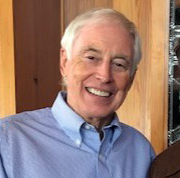
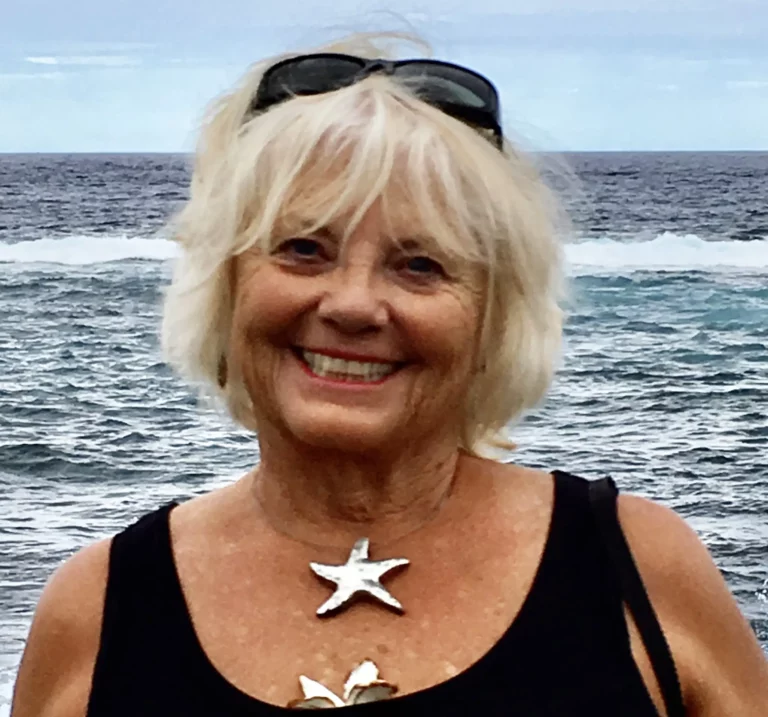

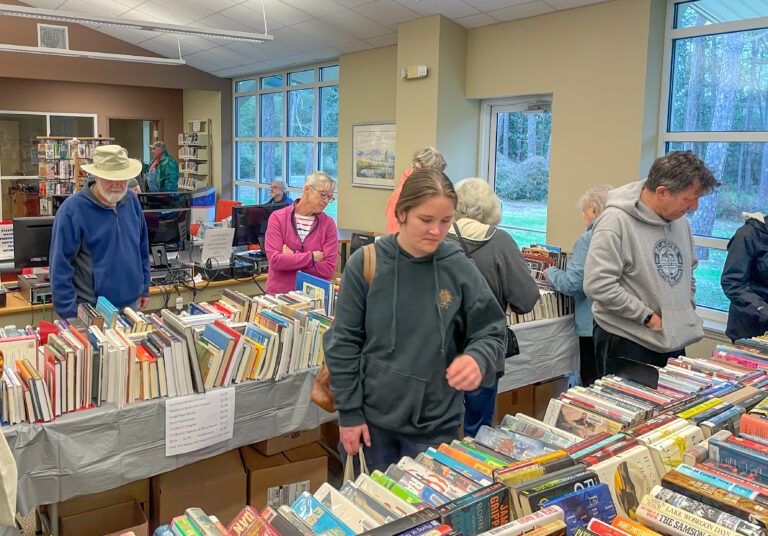
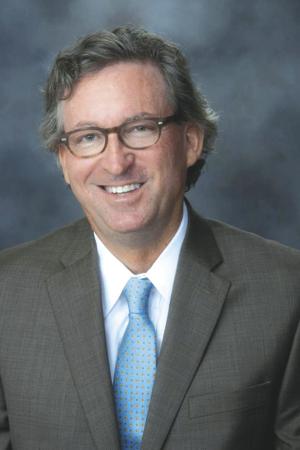
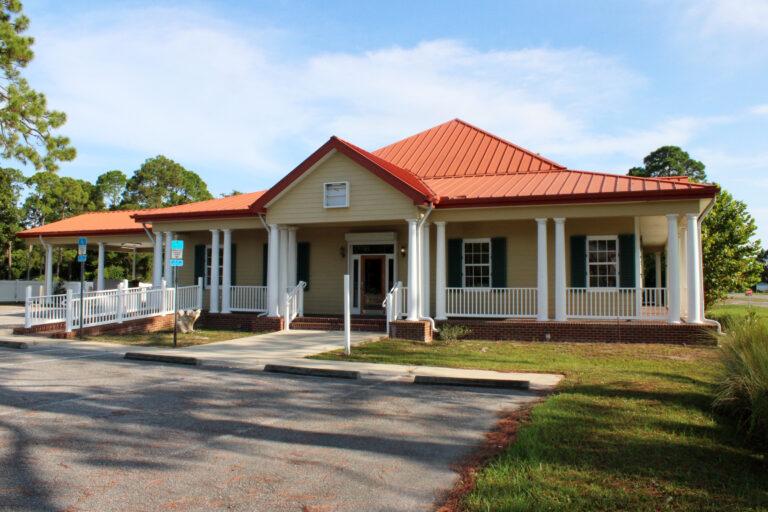
Meet the Editor
David Adlerstein, The Apalachicola Times’ digital editor, started with the news outlet in January 2002 as a reporter.
Prior to then, David Adlerstein began as a newspaperman with a small Boston weekly, after graduating magna cum laude from Brandeis University in Waltham, Massachusetts. He later edited the weekly Bellville Times, and as business reporter for the daily Marion Star, both not far from his hometown of Columbus, Ohio.
In 1995, he moved to South Florida, and worked as a business reporter and editor of Medical Business newspaper. In Jan. 2002, he began with the Apalachicola Times, first as reporter and later as editor, and in Oct. 2020, also began editing the Port St. Joe Star.